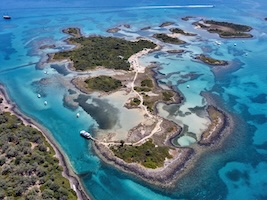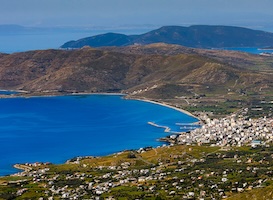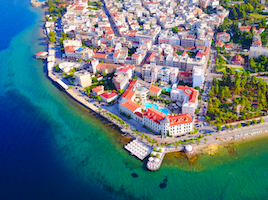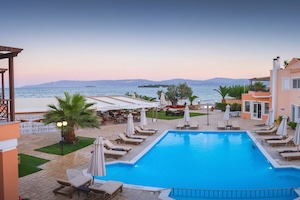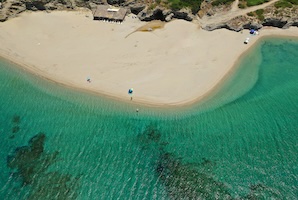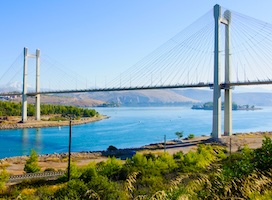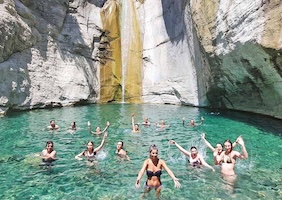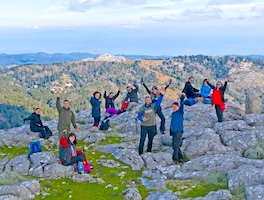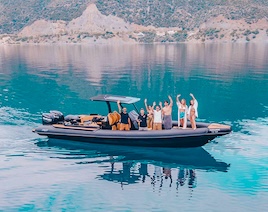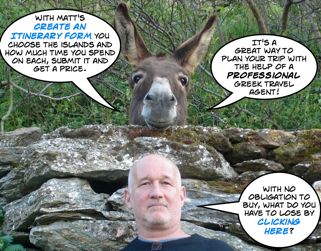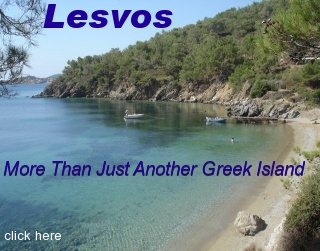
Evia
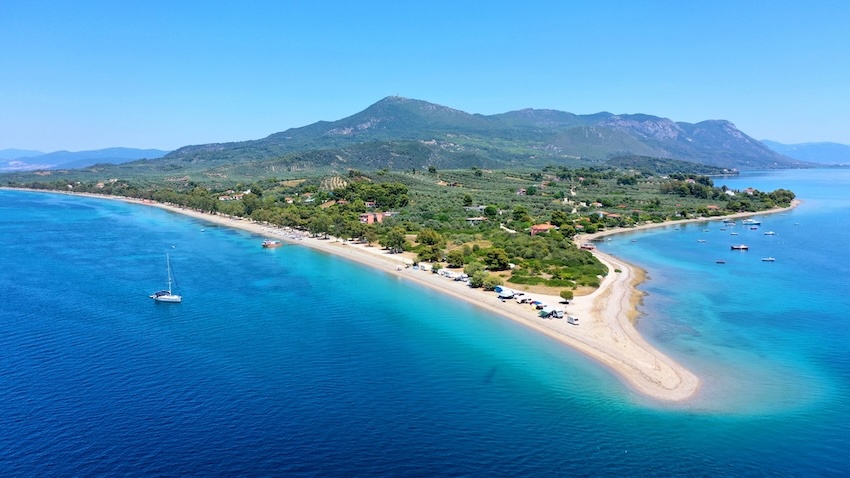
|
The island of Evia is one of the closest to Athens and yet it is one of the most unknown. That is because Evia is so large that there is much to know about it. Second in size to Crete, it stretches from the tip of the Pelion Peninsula all the way south to the coast of Attika. And if you are looking for an off-the-beaten-path island that you can drive to, with as much to see as some entire countries then Evia could be the place for you. |
||
Help Support Matt's Greece Guides
Do you enjoy using my site? Have you found it entertaining as well as useful? If so please show your appreciation by booking hotels through the travel agencies who contribute to my website when you book or on my Hotels of Greece website. If you are appreciative of all the free information you get on my websites you
can also send
a donation through Paypal or Venmo
Join Matt Barrett's Greece Travel Guides Group on Facebook for comments, photos and other fun stuff. If you enjoy this website please share it with your friends on Facebook and other social media.
